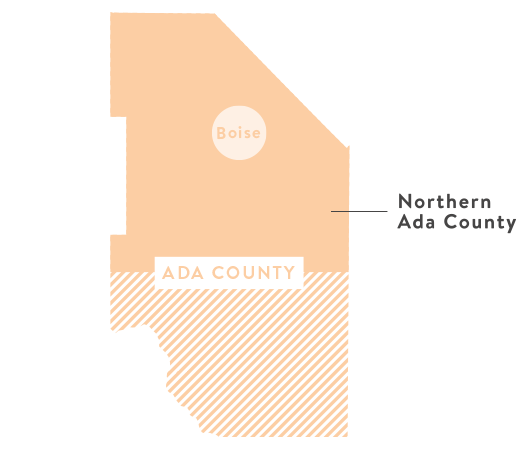
Air Quality Conformity
It is common knowledge that vehicles contribute to air pollution.
But did you know that changes to the transportation system, such as widening roads or significantly changing public transportation, can impact how much pollution is emitted? Changes such as these impact how much and how far people drive, their speed, how much time is spent stuck in traffic, and more…all of which impact overall vehicle emissions.
Communities in Motion plans for the specific transportation projects to bring about these types of changes. When we update Communities in Motion, we must demonstrate that the transportation projects funded in the plan will not harm air quality. This is referred to as an “air quality conformity demonstration.”
Why do we do it?
The federal government sets standards for the maximum amounts of different types of pollution that can be in the air before it is considered unhealthy to breathe. If an area has violated the standards, then it must have a plan in place to reduce air pollution to below the standards, and keep it there.
Northern Ada County violated the standards for coarse particulate matter (airborne dust and other particles; referred to as “PM10”) and carbon monoxide in the 1980s and early 1990s, and has been in compliance ever since. The Idaho Department of Environmental Quality has developed the required “maintenance plans” that show how Northern Ada County will maintain compliance with the standards for PM10 and carbon monoxide.

As part of that process, transportation projects that use federal funds or are “regionally significant” in areas that have violated air quality standards, such as Northern Ada County, must be part of an air quality conformity demonstration to verify that they will not degrade air quality beyond limits set in the plans.
For PM10, the maintenance plan includes pollution “budgets” for PM10 itself, as well as for pollutants that can combine to create PM10. The conformity demonstration must show that the transportation projects will not cause the region to exceed those pollution budgets. For carbon monoxide, the process is different – COMPASS compares the emissions that would be emitted if the projects were built against emissions that would be emitted if they were not.
It is important to note that Communities in Motion only plans for ground transportation; it does not include air transportation. Therefore, emissions related to air travel are not part of this demonstration.
Why does it matter?
First and foremost, we want to protect the health of Treasure Valley residents. Polluted air is unhealthy to breathe – especially for the young, old, and people with pre-existing respiratory conditions, such as asthma. COMPASS wants to ensure the projects in our plans are part of the solution…not part of the problem.
Second, if we cannot demonstrate that the projects in Communities in Motion 2050 meet air quality conformity requirements, some federally funded and/or regionally significant transportation projects may not be able to proceed.
Did we pass?
COMPASS has estimated the air quality impacts associated with the projects in Communities in Motion 2050 and has determined that they meet air quality conformity requirements for Northern Ada County and will not degrade air quality beyond the limits set in the plans.
In other words, yes, we passed.

